HELENA - There is nothing quite like the Vigilante Day Parade in Helena, which celebrates its 100th anniversary on May 3.
The Montana heritage and history parade by high school students is one of the longest-running parades in the United States. Much like the historic vigilantes of Montana, the parade was created to put an end to lawless activity.
“It’s just incredible because it connects all sorts of people from different backgrounds and different parts of Helena… It gets everyone together,” Montana Historical Society Archivist Aaron Rau told MTN.
To better understand the impacts of the parade, we have to start first with the history of Helena.
Early Helena
The Queen City of the Rockies has a long and rich history.
Archaeological evidence indicates various indigenous peoples lived in the Helena area for more than 10,000 years. European settlers came to the area in 1864 where a group of miners known as the “Four Georgians” discovered gold at their “Last Chance” gulch.

The gold brought wealth and problems of its own. Road agent robberies were common in the burgeoning Montana Territory. In response, many communities, including Helena, turned to vigilante justice. Fourteen alleged criminals were executed by Helena Vigilantes between 1865 and 1870.
In the early days of the state, Copper Kings ruled through influence and money. Controversial historical figure William A. Clark successfully lobbied to have Helena become the capital of Montana in 1875. By 1888 the town was home to the most millionaires per capita of any city in the world for the time.
The Junior-Senior Fight
Around the turn of the 20th century, the high school students in Helena had a tradition, the Junior-Senior fight.
“It was very violent and property damage. So students would actively tussle with each other to get their flag higher than the other class to show who was the better class,” explained Rau.
The brawl wasn’t limited to school grounds and spilled into the neighboring areas leading to property damage. School administration described students leaving the fight with black eyes, bloody noses, lost teeth, and broken jaws in some cases.
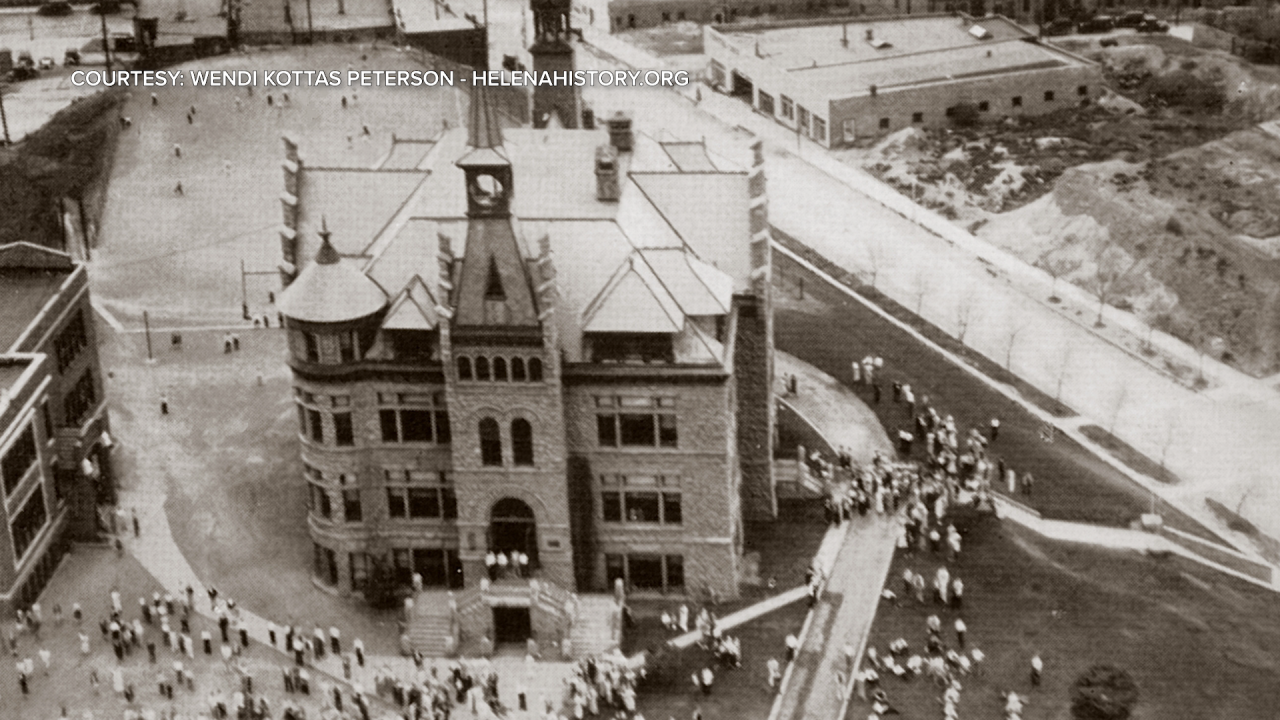
The school removed the flag pole on the ground level in an effort to curb the fighting. So, naturally, the students turned to using the pole on the roof of the three-story school.
Then Helena High Principle A.J. Roberts wrote about the rooftop brawl: “The fight here became more bitter and much more dangerous. It almost took away one's breath to see a half-dozen boys creeping unsteadily along the coping of the roof, or clinging to the highest point of those slender spires, liable to fall to death at any moment.”
(A letter from A.J. Roberts to The Helena Independent describing the Junior-Senior fight and origins of Vigilante Day)
“And so in response to that administrators and parents were looking for alternatives,” noted Rau.
Some of the peaceful alternatives included “Sneak Day,” a baseball game, a wrestling match, and a football game between the classes. But after the organized events, the students would again return to battling each other.
“It was too tame and too religious for their pompous and belligerent spirits,” wrote A. J. Roberts.
Following the success of “Costume Day,” several conferences were held in the early months of 1924 with the administration and representatives from the senior and junior classes.
“So eventually it was offered up ‘Why don’t we do a parade reflecting Helena’s history?’” explained Rau.

A. J. Roberts wrote that, at first, there was opposition among the students to any plan that would eliminate the fight. Roberts himself noted he was “not a bad sport” but was hesitant about what the students would display.
“Was not this the ‘wild and wooly West?’” wrote Roberts. “Was it not the 'promised land' of the Indian, the road agent, the vigilante, the pioneer, the cowboy and the miner; was it not the day of the pack-train, the stagecoach, the sluice box the saloon and gambling house,the old church and the old-time school? All of these early-day features would be incorporated in the big parade it was promised.”
After serious discussion, Principal Roberts agreed to the parade.
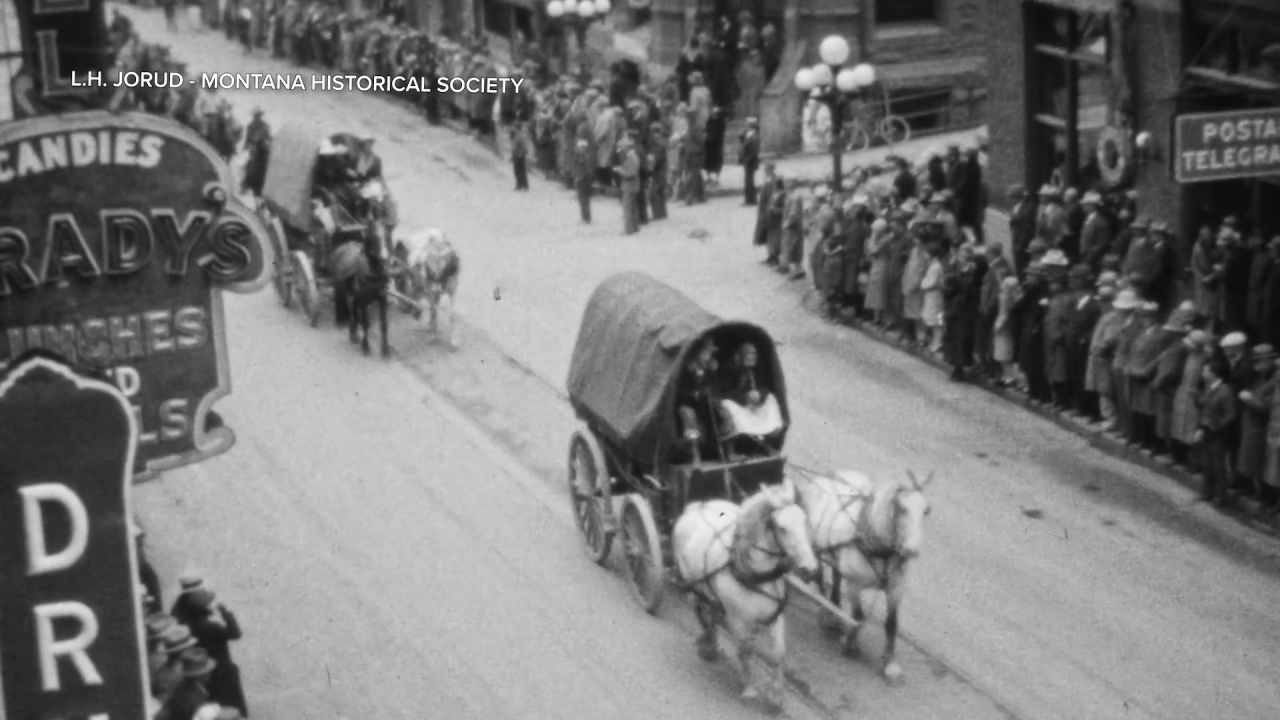
The students and administration went to work and the event quickly became a big success, with crowds packing downtown to witness the costumes and floats.
Early floats reflected the pioneer spirit, the heritage of the area, and the vigilantes themselves.
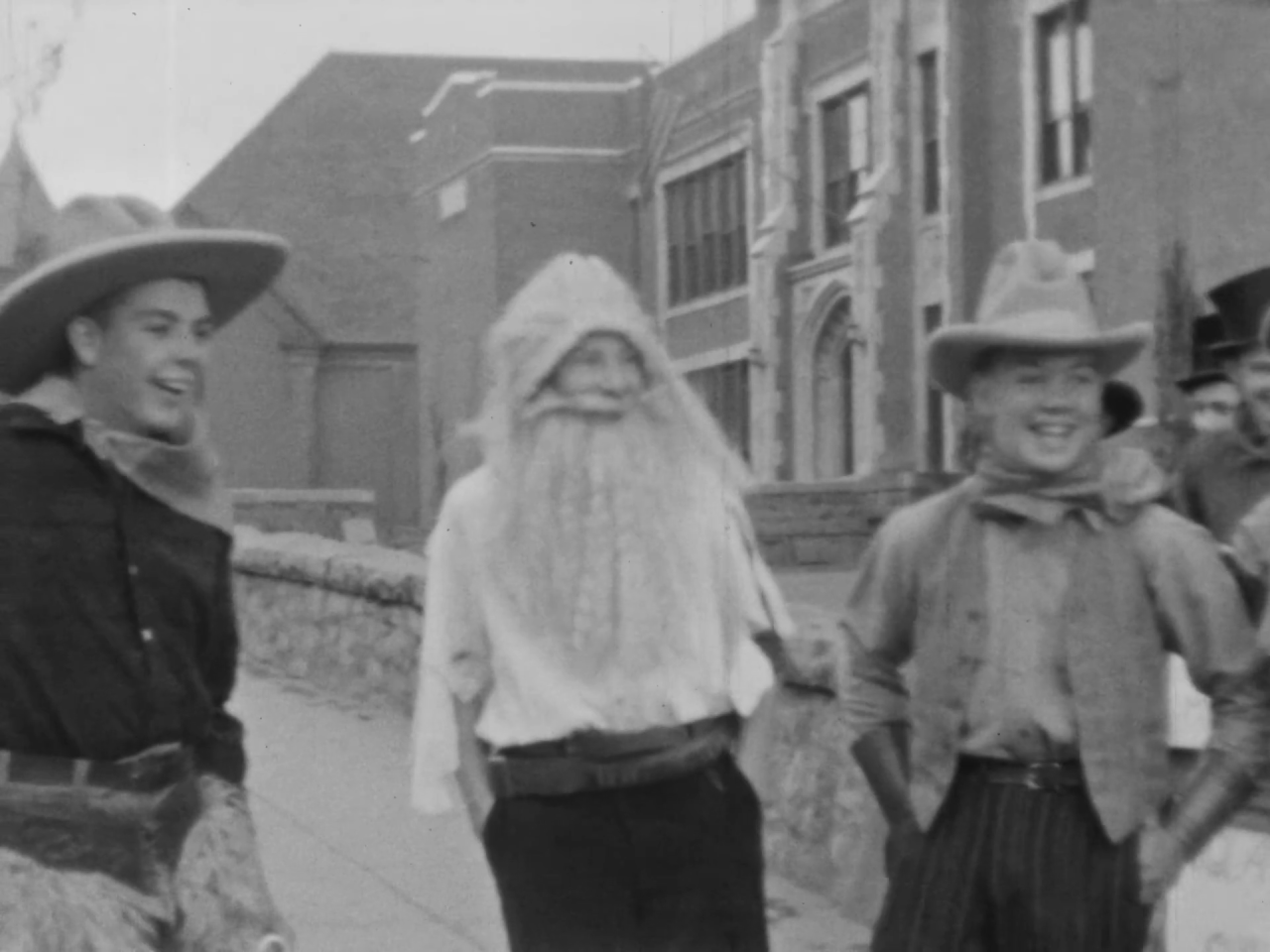
A Lasting Legacy
In the following years, it would become a defining community event. Even world leaders would be counted in attendance.

In 1939, Olav V of Norway (then crown prince) and his wife Martha attended the parade as part of their tour of the United States working to strengthen relations between the two countries.
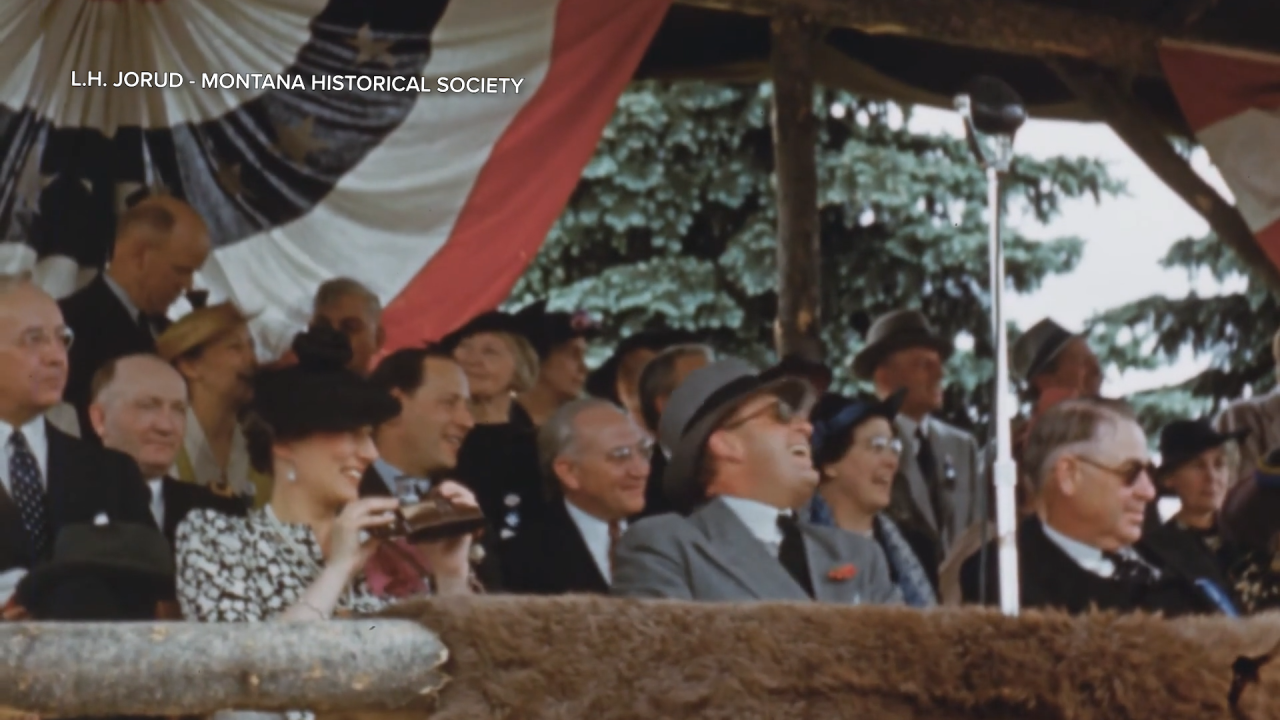
The Vigilante Day Parade saw its first cancelation in 1942, following the United States’ entry into World War II. As part of a nationwide effort to conserve resources the parade would remain on hiatus until 1946, the year following the end of the war.
In 1950 President Harry. S. Truman was in town for Vigilante Day and judged some floats
“Ten floats were selected to be reviewed by himself and his party. So that was pretty incredible,“ said Rau.
(Listen to President Truman’s address on Vigilante Day)
In 2020, the Vigilante Day Parade saw its second cancelation, this time due to the Covid-19 pandemic. An unofficial Vigilante Cruise was put on in 2020 where students drove floats through downtown without the crowds and the event was streamed online.
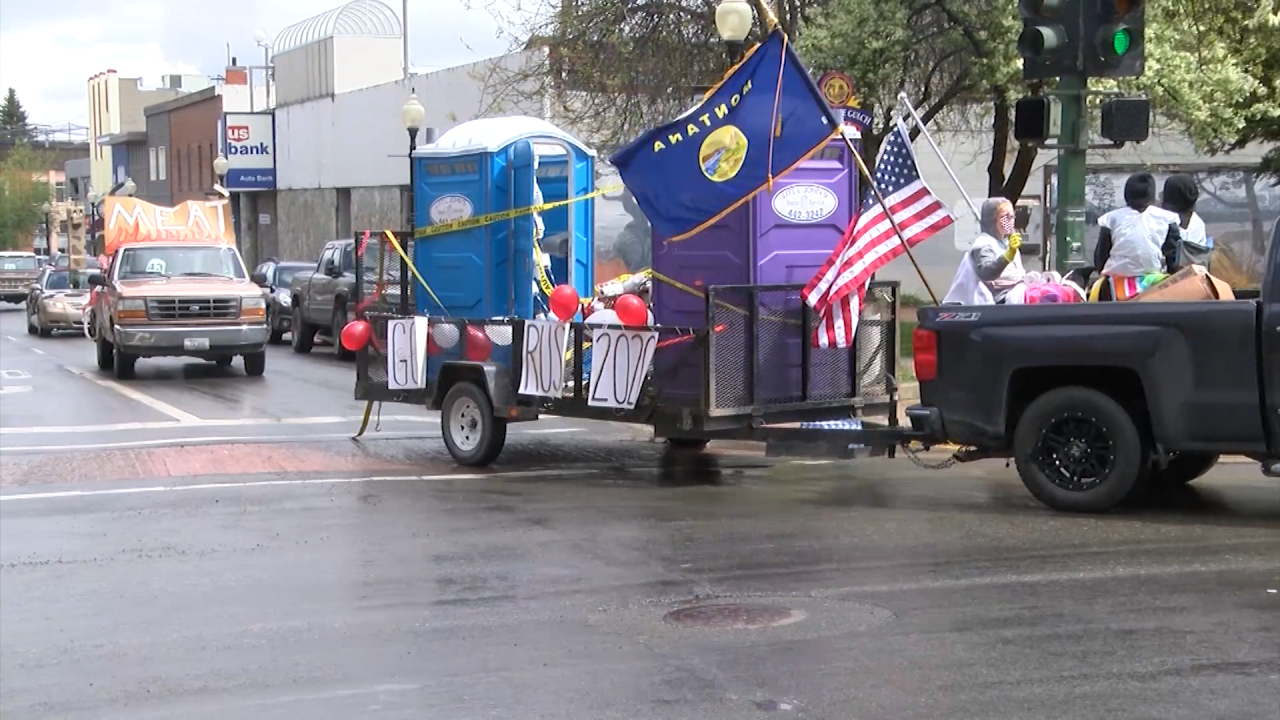
A reverse cruise was held in 2021 where people in cars drove past parked floats at the fairgrounds.
In 2022, to much fanfare, the Vigilante Day Parade returned to its historic route down Last Chance Gulch.
And now in 2024, the parade celebrates 100 years becoming part of the very history of a community that it’s always tried to honor.

“This parade, so little thought of at the time, and then only as a splendid substitute for several lawless activities, has more than any other Institution distinguished the city of Helena and its high school. From It also thousands of our citizens have obtained a knowledge of the life and customs, of the thrilling story of the early days in the Treasure state,” wrote A. J. Roberts about the legacy of the parade.
The parade has not been without controversy, specifically regarding some depictions of Native Americans and other minorities over the years. The school district now has more strict scrutiny of floats to ensure that they are respectful and honor the impacts on Montana history those historic figures made.
Editor’s Note: MTN’s coverage of The Vigilante Day parade, running for over a century, features carefully selected archival footage that offers a nuanced perspective on its history. While some past costumes and floats may now be viewed as culturally insensitive, we acknowledge this and aim to include them only when contextually appropriate.




